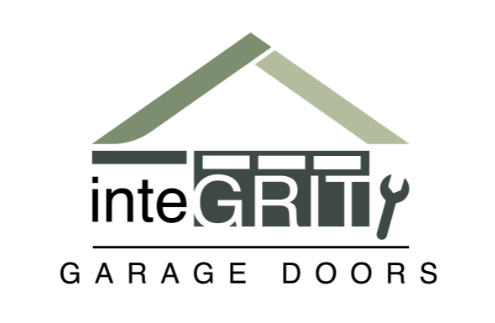Introduction
Garage door openers are an often overlooked, yet crucial part of our daily lives. They provide convenience, security, and safety, making them an essential feature for any homeowner. But are garage door openers universal? And what do you need to know about their installation and maintenance? In this comprehensive guide, we'll explore the different types of garage door openers, the compatibility of universal remotes, installation processes, maintenance tips, and safety features.
Types of Garage Door Openers
Garage door openers come in four primary types, each offering its own set of advantages.
1. Chain-Driven Openers: As the name suggests, these openers operate through a metal chain that drives the trolley to move the door. While they're robust and reliable, they can be a bit noisy, making them a more suitable option for detached garages.
2. Belt-Driven Openers: These work similarly to chain-driven models but use a belt instead of a chain. The result is a smoother, quieter operation, making these ideal for homes where the garage is attached to living spaces.
3. Screw-Driven Openers: These utilize a threaded steel rod to move the trolley. They have fewer moving parts, which may mean less maintenance, but they can be slower and noisier than other models.
4. Direct-Drive Openers: The most modern type, direct-drive models, have the motor itself move along the rail, offering quiet and reliable operation.
Compatibility of Universal Remotes
When it comes to universal remotes, the term "universal" can be a bit misleading. While many universal remotes are designed to work with a range of garage door opener brands, not all remotes will work with all openers. Always check the compatibility of a universal remote with your specific opener model before making a purchase.
Installation Process
While the installation process can vary slightly depending on the type of garage door opener and specific model, here’s a general step-by-step guide:
Assemble the Rail and Trolley: Follow the manufacturer's instructions to assemble these two parts.
Attach the Rail to the Motor Unit: Ensure it's secure before proceeding.
Install the Chain or Belt: This will involve threading it around the motor unit and the idler pulley, then securing it to the trolley.
Mount the Header Bracket: This should be installed above the garage door, in line with the center of the door.
Attach the Opener to the Bracket: Carefully lift the opener, align it with the bracket, and secure it in place.
Install the Safety Sensors: These should be installed near the bottom of the door track.
Connect the Opener to Power: Once everything else is installed and checked, you can connect the opener to power and test its operation.
Maintenance Tips
Regular maintenance of your garage door opener can prolong its life and ensure safe and smooth operation. Here are some tips:
1. Regular Inspections: Check your garage door opener regularly for any signs of wear or damage. Pay special attention to the springs, cables, rollers, and pulleys.
2. Lubrication and Adjustment: Regularly lubricate all moving parts of the opener to reduce friction and prevent wear. Also, adjust the opener's sensitivity and limit switches as needed.
3. Replacing Batteries and Sensors: Ensure the remote control batteries and safety sensor batteries are replaced regularly. Also, check the alignment of the sensors to prevent false readings.
Safety Features
Modern garage door openers come equipped with several safety features aimed at preventing accidents and enhancing security. These include:
1. Auto-Reverse: This feature automatically reverses the door if it encounters an obstacle while closing.
2. Manual Release: In case of a power outage, this allows you to manually open or close the garage door.
3. Rolling Code Technology: This changes the door opener’s access code each time the remote is used, preventing code theft.
4. Lights: These illuminate the garage when the opener is used, providing safety and convenience.
Conclusion
Garage door openers are invaluable tools for modern homes, offering both convenience and security. While they may seem complicated, understanding their basic types, how they work, and how to maintain them can go a long way in ensuring their long-term performance and reliability. Whether you're looking to replace an old opener or install a new one, remember that professional help is always available. Don't hesitate to reach out to us for a free quote or to answer any further questions on garage door openers and universal remotes.
